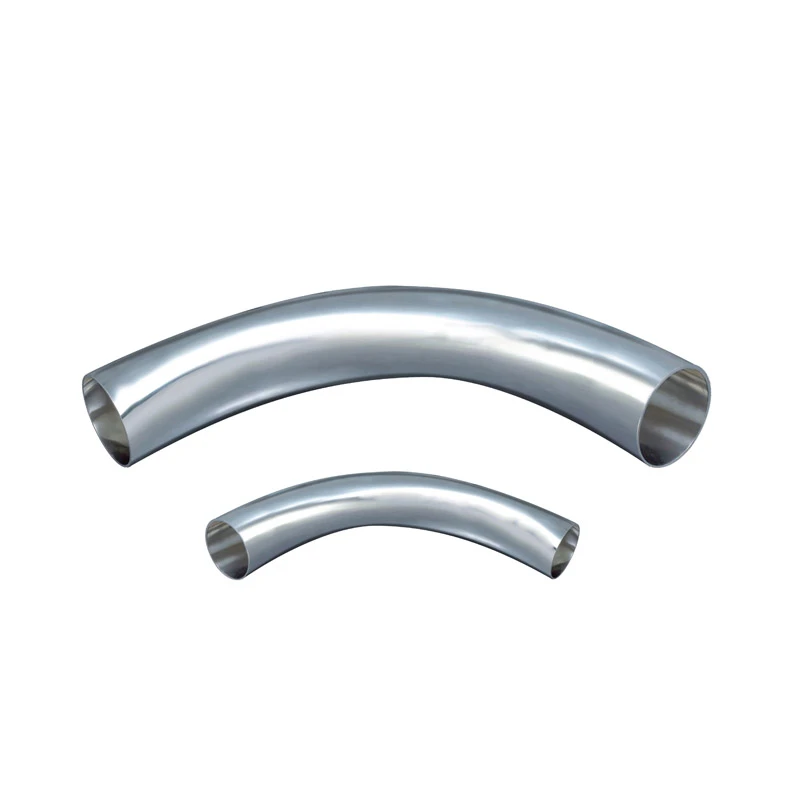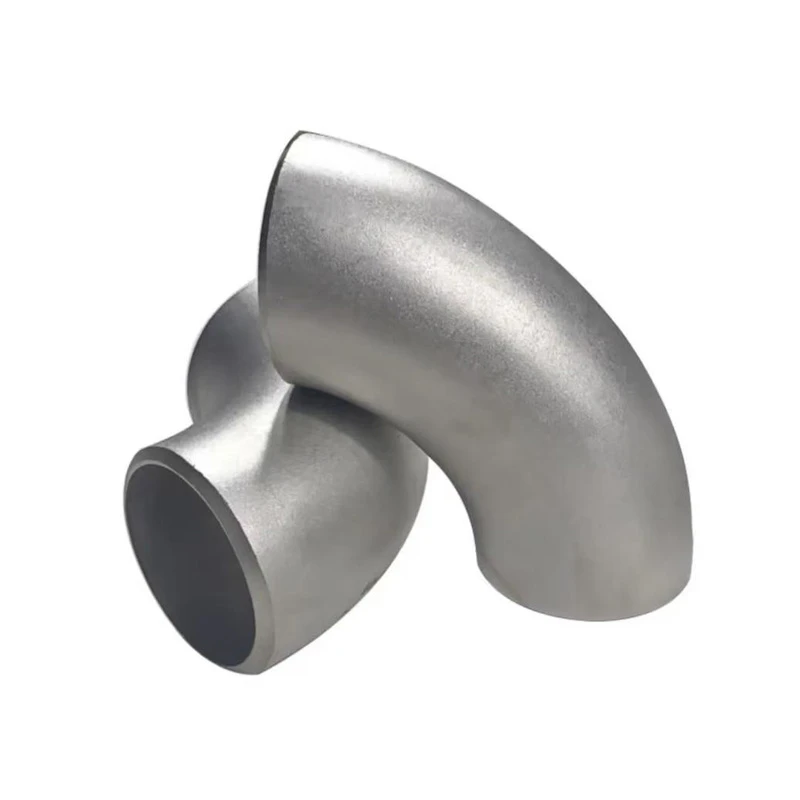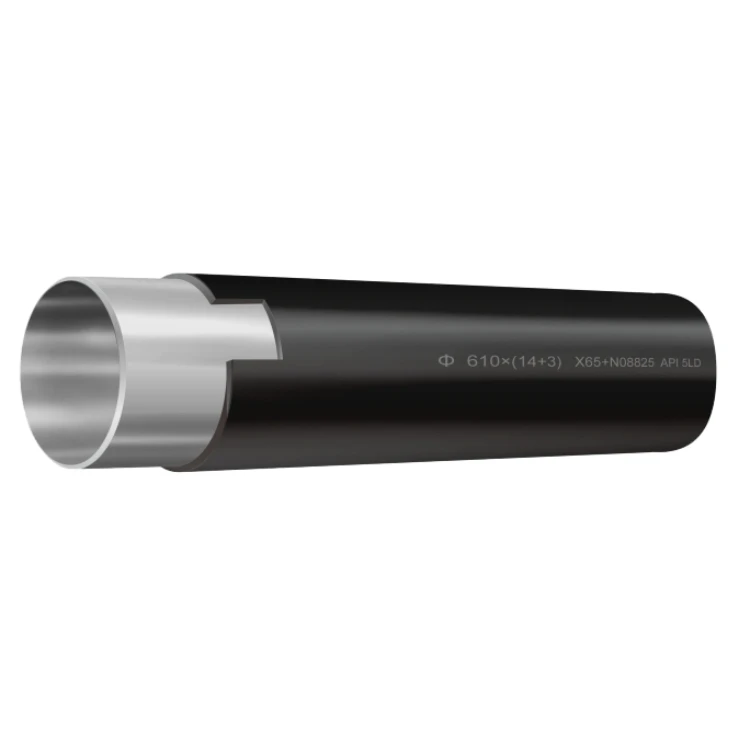- Introduction: Overview of the 1 2 inch stainless steel elbow
and its significance
- Technical Advantages of Stainless Steel Elbows
- In-Depth Comparison: Elbow Sizes & Types including 4 inch stainless steel 45 degree elbow and 4 inch stainless steel 90 degree elbow
- Manufacturer Analysis: Global Leaders and Offerings
- Customization Options for Specific Applications
- Application Case Studies: Performance Data in Real-world Scenarios
- Conclusion: The Future and Ongoing Relevance of the 1 2 inch stainless steel elbow
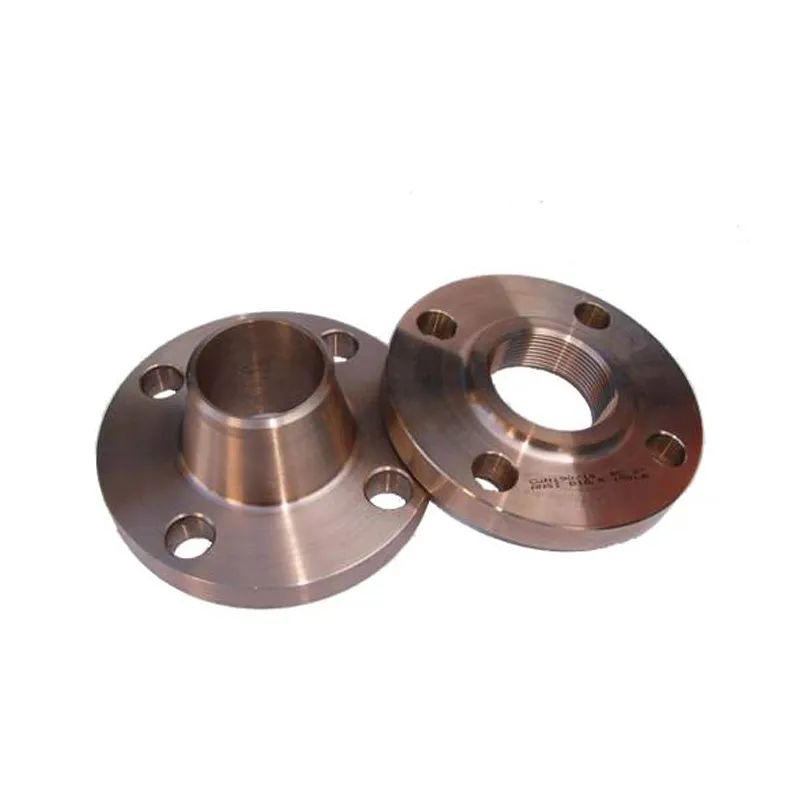
(1 2 inch stainless steel elbow)
Introduction: The Growing Importance of the 1 2 inch Stainless Steel Elbow
In industrial piping systems, the 1 2 inch stainless steel elbow is an indispensable component for altering the flow direction safely and efficiently. This compact fitting, along with related components such as the 4 inch stainless steel 45 degree elbow, the 4 inch stainless steel 90 degree elbow, and the 4 inch stainless steel 90 degree exhaust elbow, plays a pivotal role in fluid transport across numerous sectors. With increasing demands for corrosion resistance, longevity, and high-temperature performance, stainless steel elbows are at the forefront of modern plant design. Recent market reports project that the global stainless steel pipe fittings market will reach $15.4 billion by 2027, with a CAGR of 5.6%, underscoring the steady rise in demand for these fittings.
Technical Advantages of Stainless Steel Elbows
Stainless steel elbows surpass conventional alternatives due to their mechanical properties and resistance profiles. The 1 2 inch stainless steel elbow, typically manufactured from grades 304 and 316, offers superior tensile strength (up to 615 MPa for 316) and exceptional resistance to various corrosive agents, ensuring operational stability in chemical, petrochemical, and food processing applications. Furthermore, stainless steel elbows are designed to operate efficiently within a temperature range of -269°C to 870°C, catering to extreme environments. These elbows feature a precise wall thickness, maintaining integral pressure ratings. Their smooth interior finish reduces flow turbulence by up to 30% compared to unlined fittings, minimizing energy loss and maintenance frequencies.
In-Depth Comparison: Elbow Sizes & Types
Understanding the technical nuances among the 1 2 inch, 4 inch stainless steel 45 degree elbow, and 4 inch stainless steel 90 degree elbow is essential for informed selection. The following table summarizes key differences in dimensions, bend angle, typical applications, and pressure ratings:
| Elbow Type |
Nominal Size |
Bend Angle |
Common Pressure Rating (psi) |
Industry Applications |
| 1 2 Inch Stainless Steel Elbow |
1/2" (15mm) |
90° / 45° |
up to 3,000 |
Instrumentation, chemical micro-piping |
| 4 Inch Stainless Steel 45 Degree Elbow |
4" (114mm) |
45° |
up to 2,000 |
Exhaust systems, chilled water lines |
| 4 Inch Stainless Steel 90 Degree Elbow |
4" (114mm) |
90° |
up to 2,000 |
High-flow piping, plant utilities |
| 4 Inch Stainless Steel 90 Degree Exhaust Elbow |
4" (114mm) |
90° |
up to 1,600 |
Automotive exhaust, process ventilation |
The table clearly reflects how selecting the appropriate elbow—by size and angle—not only tailors flow dynamics but also meets pressure and environmental criteria specific to each application. The 4 inch versions cater predominantly to systems with higher volume or exhaust requirements, while the 1 2 inch variant excels where compactness and precise control are essential.
Manufacturer Analysis: Global Leaders and Offerings
The market for stainless steel elbows is driven by a combination of established giants and specialized manufacturers. Key players include Merinox, Parker Hannifin, and Swagelok, each offering a range of 1 2 inch and 4 inch stainless steel elbow options. Merinox is renowned for its rigorous compliance with ASME B16.9 and EN 10253-4 standards, ensuring product uniformity and traceability. Parker Hannifin provides extensive technical support and a vast inventory, enabling rapid fulfillment even for custom configurations. Swagelok stands out for their proprietary surface finishing, which further enhances corrosion resistance and fluidity in ultra-clean industries.
Price and lead times are critical benchmarks. For instance, for bulk purchases, a standard 1 2 inch stainless steel elbow from a leading manufacturer is priced between $3–$6 per piece, while 4 inch stainless steel 90 degree variants may range from $22–$40 depending on grade and finish. On-time delivery rates from top suppliers consistently exceed 97%, minimizing operational delays.
Customization Options for Specific Applications
Customized stainless steel elbows can substantially optimize both performance and longevity in specialized systems. Options include tailored wall thickness, radius of curvature, angle deviations (such as 22.5° or 60°), and surface treatments (electropolished, pickled). High-purity applications, such as semiconductor manufacturing, demand elbows with weld bead removal and passivation to achieve sub-microscopic roughness levels (<0.2μm Ra). For applications exposed to chlorides or seawater, many suppliers offer duplex and super duplex stainless steel materials for enhanced corrosion resistance.
Modifications to end connections—ranging from butt-weld, socket weld, threaded to quick-connect—further accommodate diverse installation methods. Leading manufacturers support project-specific documentation and third-party testing to guarantee conformity with strict operational standards, including NACE MR0175 and PED 2014/68/EU.
Application Case Studies: Performance Data in Real-world Scenarios
Real-world implementation of stainless steel elbows demonstrates their versatility and resilience:
- Case 1 – Chemical Processing: A US-based facility upgraded to 316L 1 2 inch stainless steel elbows in its instrumentation lines. Results included a 70% reduction in maintenance frequency and a 4x increase in operational lifespan versus carbon steel alternatives.
- Case 2 – Automotive Exhaust: Incorporation of 4 inch stainless steel 90 degree exhaust elbows in heavy-duty diesel vehicles led to a 20% drop in exhaust emissions and improved system reliability, as confirmed by year-long field studies.
- Case 3 – Energy Sector: In an offshore oil rig glycol recovery system, 4 inch stainless steel 45 degree elbows maintained structural integrity despite high-pressure fluctuations (ranging 1,700–2,000 psi), contributing to over 99.5% system uptime during a 3-year continuous operation.
These data-driven case studies underline not only performance improvements but also clear returns on investment by curbing downtime and lowering maintenance expenditure.
Conclusion: The Enduring Value of the 1 2 inch Stainless Steel Elbow in Modern Industry
The 1 2 inch stainless steel elbow continues to set benchmarks for efficiency, adaptability, and resilience within fluid transfer systems. Supported by evolving materials science and engineering precision, these fittings extend service intervals, reduce environmental risks, and ensure system scalability. As process requirements become more rigorous—spanning higher purity, pressure, and customization—the array of available options, including the 4 inch stainless steel 45 degree elbow and 4 inch stainless steel 90 degree elbow, will remain integral to innovative, high-performing infrastructures worldwide. Continued investment in advanced manufacturing and customization will drive the next generation of reliable fluid-handling solutions.
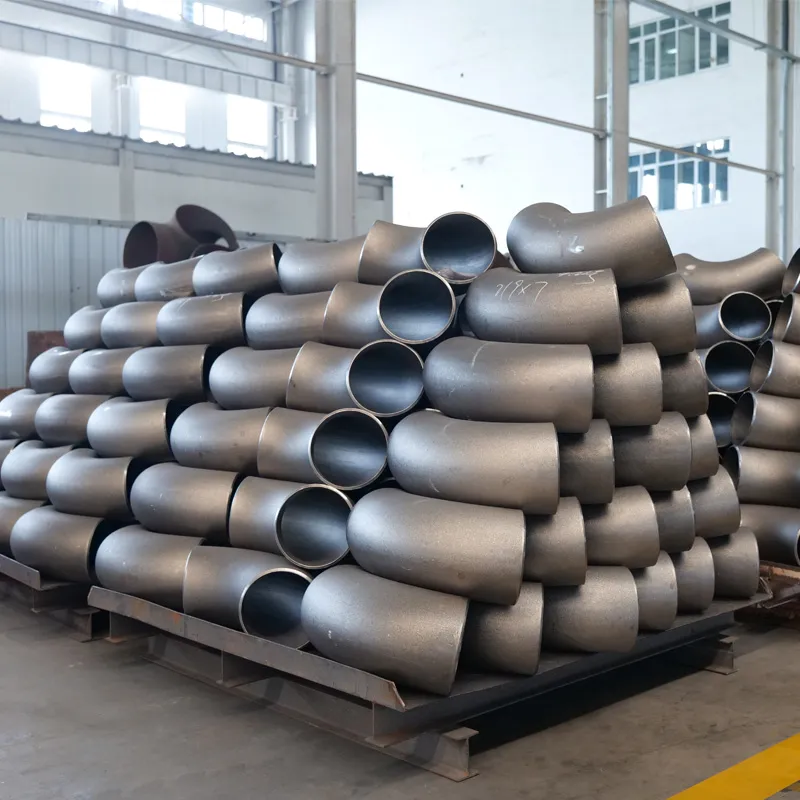
(1 2 inch stainless steel elbow)
FAQS on 1 2 inch stainless steel elbow
Q: What is a 1 2 inch stainless steel elbow used for?
A: A 1 2 inch stainless steel elbow is typically used to connect two pipes at a specific angle, often 45 or 90 degrees. It is widely applied in plumbing and industrial piping systems. Its stainless steel material ensures durability and corrosion resistance.
Q: What is the difference between a 4 inch stainless steel 45 degree elbow and a 90 degree elbow?
A: A 4 inch stainless steel 45 degree elbow bends the pipeline at a 45-degree angle, while a 90 degree elbow creates a right-angle turn. Both are used to change the direction of piping. The choice depends on the required piping configuration.
Q: Can a 4 inch stainless steel 90 degree exhaust elbow be used with high-temperature systems?
A: Yes, a 4 inch stainless steel 90 degree exhaust elbow is designed to handle high temperatures, making it suitable for exhaust and industrial applications. Stainless steel withstands heat and resists corrosion. It's a reliable choice for demanding environments.
Q: Are stainless steel elbows resistant to corrosion and rust?
A: Yes, stainless steel elbows, including the 1 2 inch and 4 inch variants, are highly resistant to corrosion and rust. This makes them ideal for use in water, chemical, and exhaust piping systems. Their longevity helps reduce maintenance needs.
Q: How do I select the right size and angle for a stainless steel elbow?
A: Choose the size (e.g., 1 2 inch or 4 inch) based on your pipe diameter and the angle (45 or 90 degrees) according to your piping layout. Ensure compatibility with your system's pressure and flow requirements. Consulting technical specifications or a professional is recommended.

